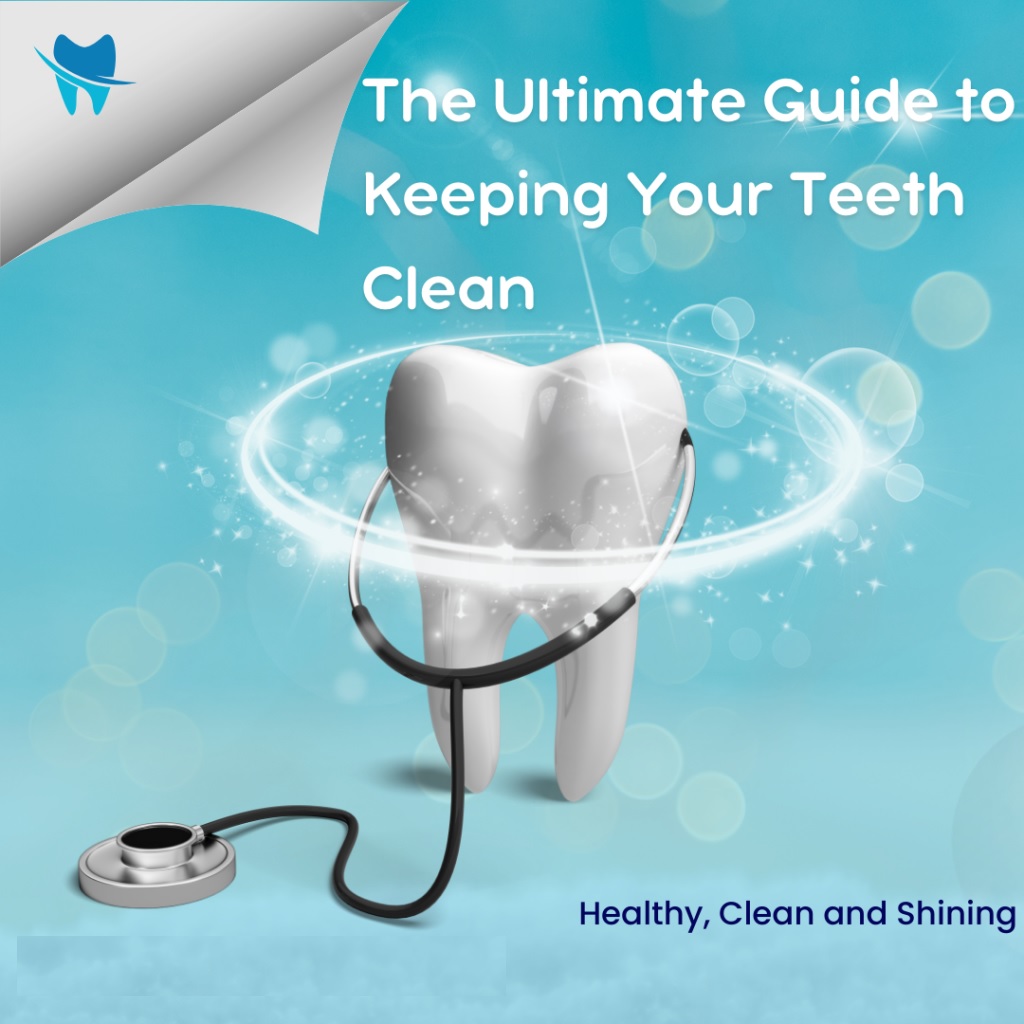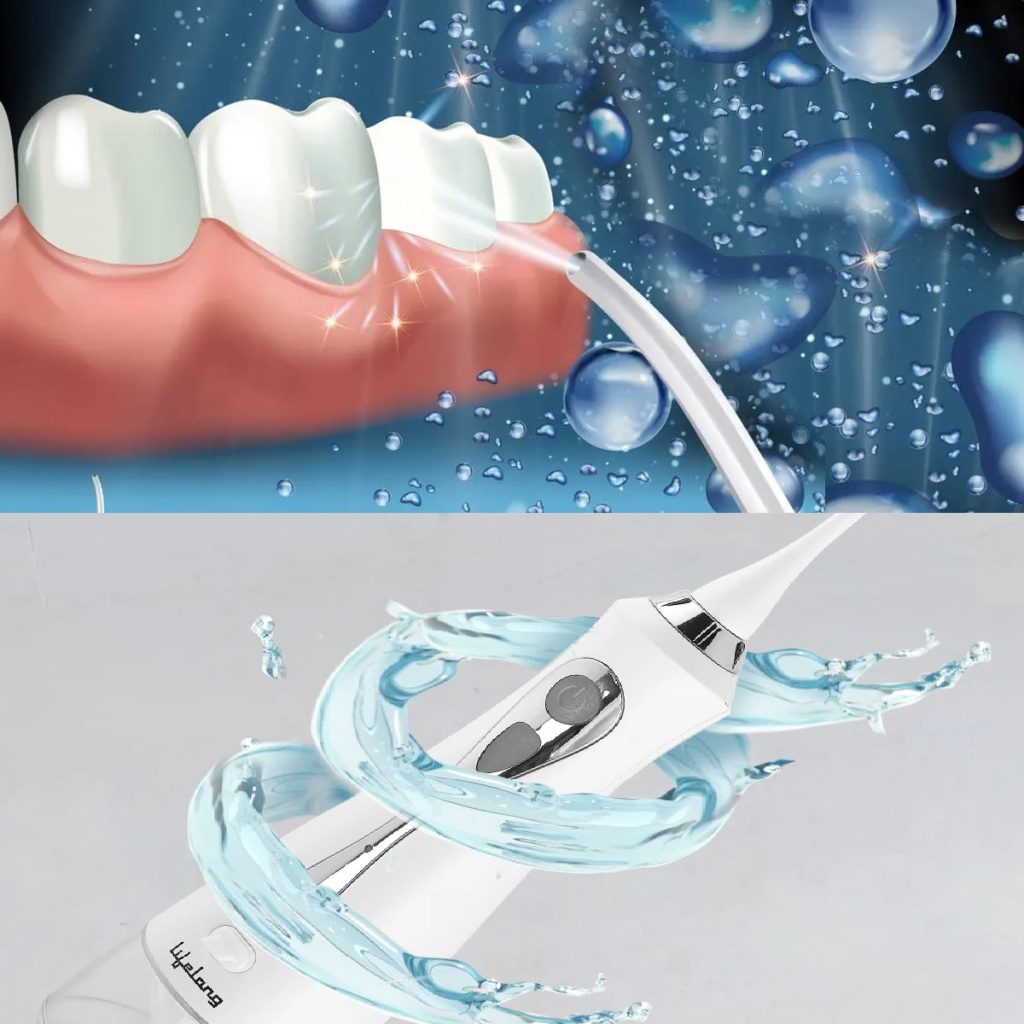The Ultimate Guide to Maintaining Optimal Oral Hygiene: Tips for a Healthy Smile

Introduction: The Key to a Lifetime of Healthy Teeth
Oral hygiene is more than just keeping your teeth white—it’s about ensuring the overall health of your mouth, preventing dental problems like cavities, gum disease, and even bad breath. In this ultimate guide, we will explore the essential practices, tools, and habits that contribute to maintaining optimal oral hygiene. Whether you’re trying to improve your daily routine or looking for the best dental advice, this comprehensive guide has you covered.
Why Oral Hygiene is Important
Good oral hygiene is crucial for maintaining both your dental health and overall well-being. Without proper care, you are at risk of developing:
- Cavities: When plaque builds up on teeth and isn’t removed, it turns into acid that erodes the enamel, leading to cavities.
- Gum Disease (Gingivitis and Periodontitis): Gum inflammation caused by plaque buildup can lead to gingivitis, which, if untreated, can progress to periodontitis—an infection that damages the soft tissue and bone supporting your teeth.
- Tooth Loss: Untreated gum disease and severe decay can lead to tooth loss.
- Bad Breath (Halitosis): Poor oral hygiene can cause persistent bad breath, often a sign of gum disease or tooth decay.
Understanding how to maintain proper oral care not only prevents these issues but also contributes to a brighter, healthier smile.
The Building Blocks of Optimal Oral Hygiene
1. Brushing Techniques and Best Practices
Brushing your teeth effectively is the cornerstone of oral hygiene. Here’s how to do it correctly:
- Brush Twice a Day: Brushing in the morning and before bed helps to remove plaque and bacteria that accumulate throughout the day.
- Use Fluoride Toothpaste: Fluoride strengthens enamel and helps prevent decay. Look for toothpaste approved by your local dental authority, such as the ADA (American Dental Association).
- Brush for Two Minutes: Spend at least 30 seconds on each quadrant of your mouth to ensure a thorough clean.
- Use a Soft-Bristled Toothbrush: Soft bristles are gentle on enamel and gums, reducing the risk of irritation or damage.
- Replace Your Toothbrush Regularly: Every 3 to 4 months, or sooner if the bristles become frayed.
Pro Tip: Use an electric toothbrush for an even more efficient clean. Some electric toothbrushes have built-in timers to ensure you brush for the full two minutes.
For a deeper dive into proper brushing habits, check out our tooth brushing guide.
2. Flossing: The Hidden Key to Oral Health
Many people neglect flossing, but it is just as important as brushing. Flossing removes plaque and food particles from areas your toothbrush can’t reach—especially between the teeth and along the gum line.
- Floss Once a Day: Make it a habit to floss every night before bed.
- Use the Right Technique: Gently glide the floss between each tooth, curving it around the base of the tooth in a C-shape.
- Consider Alternatives: If traditional flossing is difficult, you can use dental picks, pre-threaded flossers, or water flossers for a more convenient option.
Pro Tip: Use waxed floss if your teeth are tightly spaced for easier gliding.
3. The Role of Mouthwash in Oral Hygiene
Mouthwash can be a great addition to your daily routine, offering benefits like fresh breath and additional plaque reduction. Depending on your needs, there are different types of mouthwash:
- Antibacterial Mouthwash: Helps reduce bacteria and plaque buildup, lowering the risk of gum disease.
- Fluoride Mouthwash: Strengthens teeth and prevents cavities.
- Alcohol-Free Mouthwash: A gentler option for those with sensitive gums or who want to avoid alcohol-based products.
Mouthwash should not replace brushing and flossing but can complement these habits. Read more about how to choose the right mouthwash in our mouthwash guide.
4. Regular Dental Checkups: Why They’re Essential
Even with a perfect oral care routine, professional cleanings and exams are crucial. Dentists can catch early signs of cavities, gum disease, or other oral issues before they become serious.
- Frequency: Visit your dentist every six months for a cleaning and checkup.
- Professional Cleanings: A dentist or hygienist can remove tartar (hardened plaque) that cannot be removed with brushing and flossing alone.
- Oral Health Screenings: Regular exams also help detect signs of oral cancer or other health concerns.
Nutrition and Oral Hygiene: What to Eat for a Healthy Mouth
Your diet plays a significant role in maintaining optimal oral hygiene. Certain foods can promote strong teeth and gums, while others increase the risk of decay and gum disease.
Foods That Promote Healthy Teeth:
- Dairy Products: Rich in calcium and phosphate, dairy helps strengthen tooth enamel.
- Leafy Greens: Full of vitamins and minerals like calcium, leafy greens contribute to healthy gums.
- Fibrous Fruits and Vegetables: Foods like apples and carrots stimulate saliva production, which helps wash away harmful bacteria.
- Nuts and Seeds: These are high in phosphorus and calcium, which promote healthy teeth.
Foods to Limit:
- Sugary Snacks: Sugar feeds harmful bacteria in the mouth, leading to the production of acids that erode enamel.
- Acidic Drinks: Beverages like soda, energy drinks, and citrus juices can erode enamel over time.
- Sticky Foods: Candy and dried fruits tend to stick to teeth and can be difficult to clean off.
For more detailed guidance, check out our nutrition and dental health page.
Special Considerations for Children and Seniors
Oral hygiene needs can change over a lifetime. Here’s how to address specific concerns for different age groups:
Oral Care for Children:
- Start Early: Begin cleaning your child’s gums even before teeth emerge, and switch to a toothbrush once the first tooth appears.
- Supervised Brushing: Children should brush with help until they can manage it effectively on their own, usually around age 6 or 7.
- Fluoride: Use fluoride toothpaste to prevent cavities, but only a pea-sized amount for young children to prevent swallowing too much.
Oral Care for Seniors:
- Dry Mouth: Many seniors experience dry mouth due to medications or aging, increasing the risk of tooth decay. Drinking water and using special dry mouth rinses can help.
- Dental Visits: Regular checkups are vital, especially for seniors who wear dentures or are prone to gum disease.
Oral Hygiene Tools and Products You Should Consider
The right tools make a big difference in your oral hygiene routine. Consider using:
- Electric Toothbrushes: Proven to be more effective at removing plaque.
- Water Flossers: A powerful alternative to traditional flossing, especially for people with braces or dental work.
- Tongue Scrapers: Helps reduce bacteria on the tongue, which can contribute to bad breath.
- Interdental Brushes: Small brushes designed to clean between teeth where floss might not reach.
Conclusion: Build Healthy Habits for a Brighter Smile
Maintaining optimal oral hygiene is about consistency and using the right techniques. By brushing, flossing, using mouthwash, and visiting your dentist regularly, you can ensure a lifetime of healthy teeth and gums.
For further reading, explore our other in-depth guides on flossing tips and how to prevent cavities. Remember, a healthy smile starts with the right routine!
FAQs
1. Can I skip flossing if I brush thoroughly?
No, brushing only cleans the surfaces of your teeth. Flossing is necessary to remove plaque and debris between your teeth.
2. How often should I change my toothbrush?
Every 3-4 months or sooner if the bristles become frayed. After an illness, it’s also recommended to change your toothbrush.
3. Is mouthwash necessary for oral hygiene?
Mouthwash can be beneficial, but it should not replace brushing and flossing. It acts as an additional tool for fresher breath and plaque control.
References
- American Dental Association. “Oral Health Topics: Brushing and Flossing.” Retrieved from www.ada.org.
- Centers for Disease Control and Prevention. “Oral Hygiene Basics.” Retrieved from www.cdc.gov.
- Mayo Clinic. “Dental Care Basics.” Retrieved from www.mayoclinic.org.










0 Comments on “The Ultimate Guide to Maintaining Optimal Oral Hygiene: Tips for a Healthy Smile”